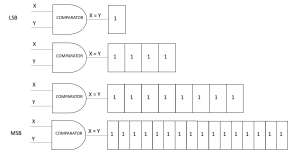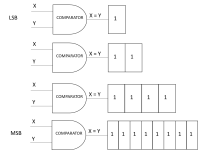Many thanks
Vojnovic greatly appreciated. It is a useful paper but what stood out for me was the following paragraphs which fits very nicely with the hypothesis that Valeo's new Lidar uses the AKIDA SNN technology:
"Point Cloud: Light Detection and Ranging (LiDAR)
sensors have recently gained prominence as state of
the art sensors in sensing the environment. They
produce a 3D representation of the objects in the field of
view as distances of points from the source. This collection
of points over a 3D space is called a 3D Point Cloud.
Though cameras have been used for a long time and
they provide a more direct representation of the surrounding,
LiDARs have gained ground because of some critical advantages
such as long range, robustness to ambient light conditions and
accurate localization of objects in 3D space. They produce sparse
data and hence suitable for SNNs....
We summarize the key benefits of SNN for automated driving:
• Event driven mechanism which brings adaptation for different scenarios.
• Low power consumption when realized as neuromorphic hardware.
• Simpler learning algorithm which leads to possibility of on-chip learning for longer term adaptation.
• Ability to integrate directly to analog signals leading to tightly integrated system.
• Lower latency in algorithm pipeline which is important for high speed braking and maneuvering.
4 Conclusion
Spiking Neural Networks (SNN) are biologically inspired
where the neuronal activity is sparse and event driven in order to
optimize power consumption. In this paper, we provide an overview of
SNN and compare it with CNN and argue how it can be useful in
automated driving systems.
Overall power consumption over the driving
cycle is a critical constraint which has to be efficiently used especially for -(Remember what Mercedes said 6 to 10 times more efficient)
electric vehicles. Event driven architectures for various scenarios in
automated driving can also have accuracy advantages."
My opinion only DYOR
FF
AKIDA BALLISTA



